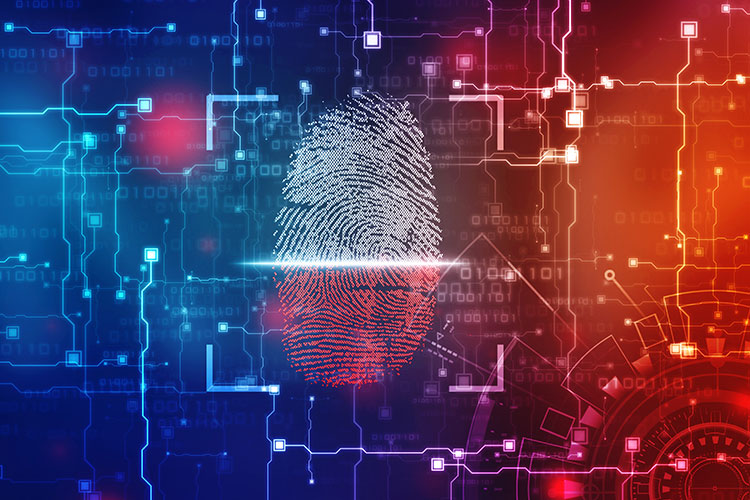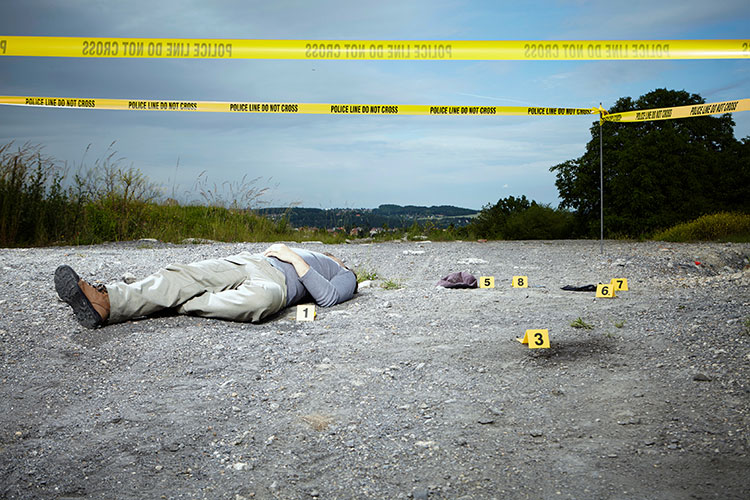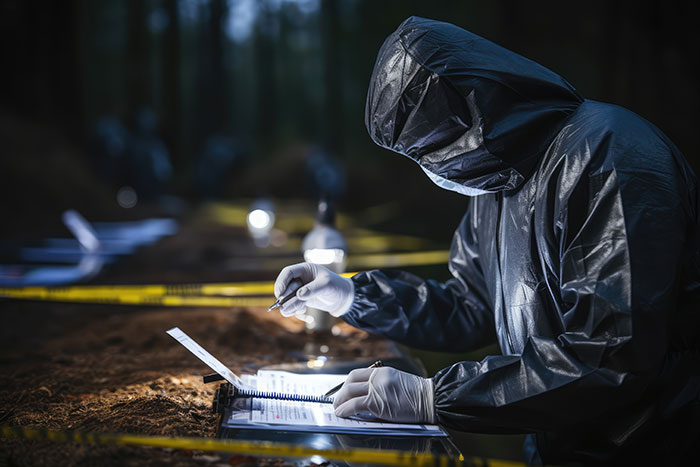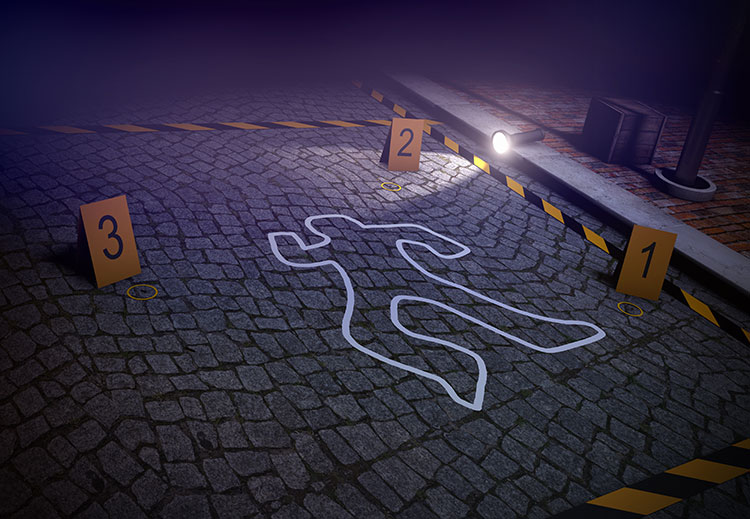forensic animation
In summary, employing a visual aid can enhance the retention of your case's details, offer a persuasive argument prior to mediation, and provide additional benefits.
Forensic 3D animation isn't concocted fiction; it's produced employing actual data and real-life settings. The initial step in developing such an animation involves an animation team member visiting the location where the incident occurred. After positioning an advanced 3D laser scanner on the ground, they activate it. The device swiftly rotates, collecting information on nearby physical objects, trees, and buildings.
As you get ready for your litigation case, you might question the role of an animation in the proceedings. Although the majority of cases, about 95%, are resolved through pre-trial settlements, a legal animation can still be valuable during mediation. Starting with a brief yet powerful trial animation provides an advantage over the opposing side.



